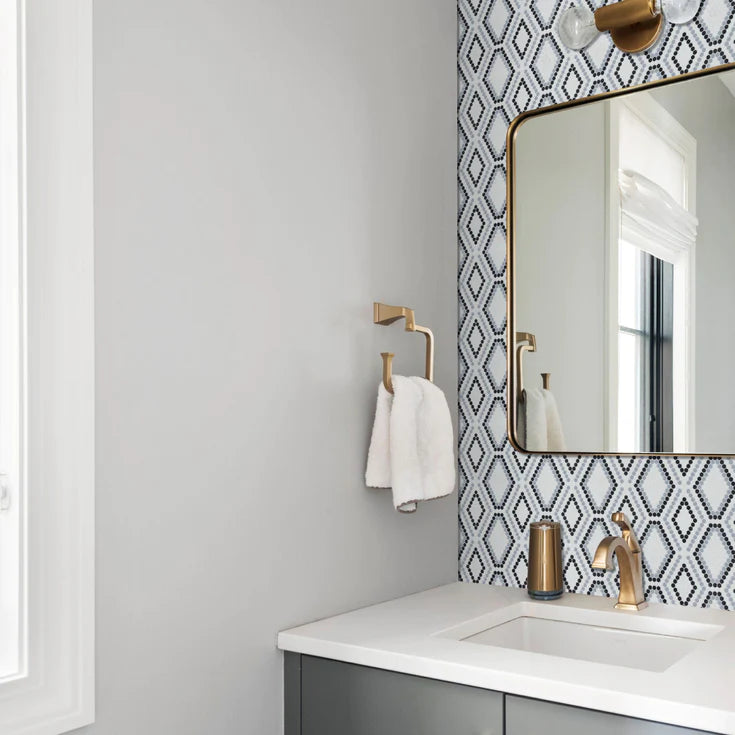How Long Does it Take to Grout a Tile Backsplash? A Comprehensive Guide
Posted by FLOOR TİLE

Introduction: Grouting a tile backsplash is a crucial step that enhances both its appearance and durability. However, the time required for this process can vary based on several factors. floortileshop.com blog post, we will delve into the key aspects influencing grouting time and provide a step-by-step guide to achieve a flawless tile backsplash.
Factors Affecting Grouting Time: Before estimating the time, let's explore the factors that impact the grouting process:
1. Tile Size and Layout: The size and layout of tiles significantly influence grouting time. Smaller tiles, like mosaic tiles, necessitate more grout lines, prolonging the process compared to larger tiles.
2. Grout Type: There are various grout types available, such as sanded and unsanded grout. The choice depends on the width of grout lines. Sanded grout is ideal for wider lines, while unsanded grout suits thinner ones. The grout type affects the ease and speed of grouting.
3. Grouting Skill Level: The experience of the person doing the grouting matters. Professional tilers can complete the job faster and more efficiently than DIY enthusiasts.
4. Preparation and Cleaning: Properly preparing and cleaning tiles before grouting can save time. Excess adhesive or debris on tiles may slow down the grouting process.
5. Tile Backsplash Size: Naturally, larger tile backsplashes require more time and effort to grout.
6. Grout Drying Time: After grouting, there is a curing time before using the backsplash. This drying time should be considered when estimating the total duration of the project.
Step-by-Step Grouting Process: Here's a simplified step-by-step guide to grout your tile backsplash:
Step 1: Preparation:
- Ensure tiles are firmly set, and any adhesive or mortar used has cured properly.
- Thoroughly clean tiles to remove dirt, dust, or grime for better grout adhesion.
Step 2: Choosing the Grout:
- Select the suitable grout type based on grout line size, referring to the manufacturer's instructions.
Step 3: Mixing the Grout:
- Follow the manufacturer's instructions to mix grout to the right consistency, forming a smooth, lump-free paste.
Step 4: Applying the Grout:
- Using a rubber float, apply the grout at a 45-degree angle, firmly pressing it into the grout lines to fill them completely.
Step 5: Cleaning the Excess Grout:
- After 10-15 minutes, as the grout sets slightly, use a damp sponge to carefully wipe off excess grout from the tile surface. Rinse the sponge frequently to prevent grout smears.
Step 6: Curing and Final Cleaning:
- Allow the grout to dry and cure for the recommended time, usually 24-48 hours.
- Once the grout has completely cured, buff the tiles with a soft, dry cloth to remove any remaining haze or residue.
Estimating the Time: For a small to medium-sized backsplash with standard-sized tiles and moderate grout lines, the grouting process itself can take approximately 2 to 4 hours. This estimate includes mixing, applying the grout, and cleaning off excess.
Keep in mind that the total time will depend on the grout's drying time, which requires 24-48 hours for complete curing.
Conclusion: Grouting a tile backsplash is a significant task that requires attention to detail and patience. By properly preparing tiles, selecting the right grout, and following the step-by-step process, you'll achieve a stunning and long-lasting tile backsplash. Don't hesitate to seek professional help for a flawless finish.
SHARE:

